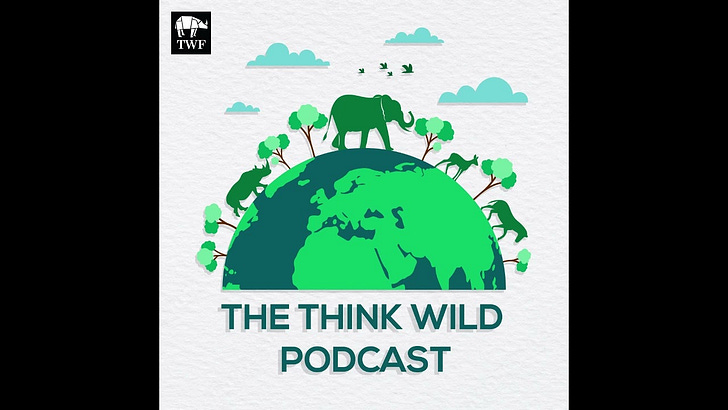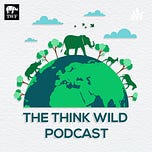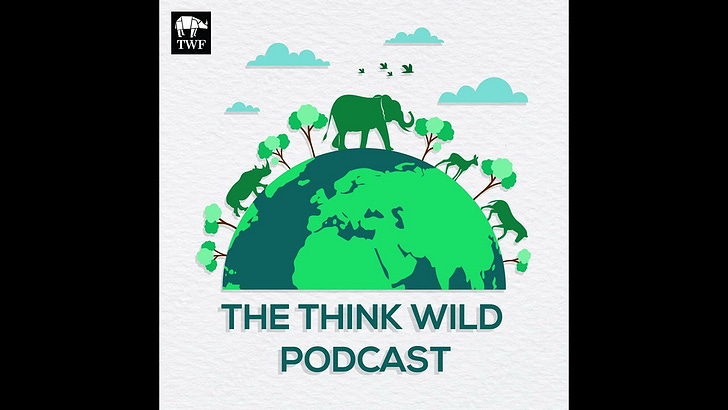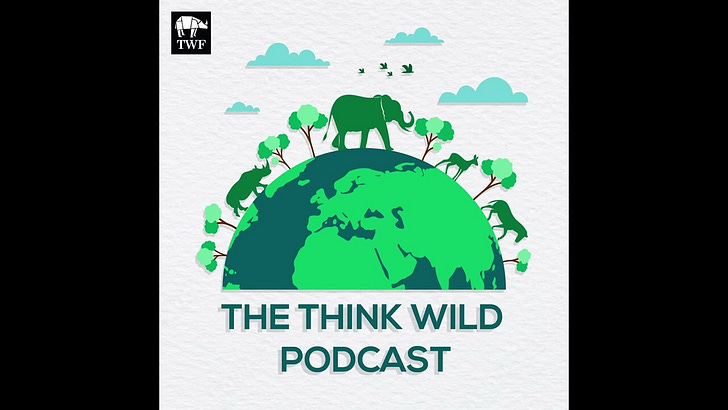Join us in this powerful episode as we dive into the heart of river biodiversity and conservation in South India with Sandeep Menon of the Wildlife Association of South India (WASI). Discover the story of the critically endangered humpback mahseer (Tor remadevii), a keystone and iconic fish species endemic to the Cauvery River and protected within the Cauvery Wildlife Sanctuary. This episode highlights the urgent need for fish conservation, biodiversity management, and sustainable engagement with river ecology in the face of rising threats to freshwater ecosystems.
Founded in 1972—the same year India enacted its Wildlife Protection Act—WASI is one of Karnataka’s oldest conservation organizations. While much of India’s conservation history has centered on charismatic megafauna like tigers and elephants, WASI pioneered efforts to protect aquatic life, emphasizing the overlooked yet vital role of river systems. The humpback mahseer, often growing over five feet in length and weighing up to 50 kg, is not only ecologically important but holds deep cultural and mythological significance in Karnataka, with temple sanctuaries along the Cauvery River historically offering it protection.
Sandeep explores how the health of the Cauvery River ecosystem is intrinsically tied to the survival of the mahseer. These fish require clean, oxygen-rich, fast-flowing waters for spawning and survival, making them a natural indicator of freshwater integrity. As dams fragment habitats and pollution disrupts flow regimes, the mahseer’s survival becomes a symbol of broader freshwater conservation challenges.
In this conversation, Sandeep outlines WASI’s innovative three-pronged conservation strategy. The first is rigorous scientific research—including telemetry tracking, habitat mapping using drones and GIS, and an in-situ breeding program for the endangered humpback mahseer. Second, WASI physically protects stretches of the Cauvery by leasing river sections from the Fisheries Department—not for fishing, but for conservation. These stretches are patrolled to prevent poaching, dynamite fishing, and other destructive practices. Third, WASI has established a unique self-sustaining model: issuing catch-and-release angling licenses. Revenue from this ethical angling supports research, anti-poaching patrols, and community outreach, making conservation both participatory and economically viable.
Importantly, this episode also touches on how catch-and-release practices are regulated with strict guidelines to minimize stress and injury to fish. From handling protocols to photographic limits and de-hooking tools, WASI’s best practices ensure that angling becomes a force for conservation rather than exploitation.
Listeners will also learn about the threats facing the humpback mahseer, such as declining water levels, hybridization with other mahseer species, habitat degradation, and the introduction of invasive species like grass carp. The episode details WASI’s efforts to create India’s first comprehensive management plans for aquatic sanctuaries—filling a critical gap in freshwater biodiversity conservation.
Sandeep also emphasizes the critical role of public awareness and local engagement. From school and college volunteers conducting telemetry fieldwork to social media campaigns and community outreach with fishing communities, WASI’s approach is deeply collaborative. Listeners passionate about wild Karnataka and namma Karnataka's rivers will find practical ways to get involved—whether through volunteering, spreading awareness, or supporting evidence-based river conservation.
This conversation reminds us that beneath the surface of India's rivers lies an invisible world teeming with life, and that biodiversity conservation must include all species, from the tiger to the tiniest fish. Protecting the humpback mahseer is not just about saving one species; it’s about restoring entire ecosystems, cultural heritage, and sustainable coexistence with nature.
Watch now to understand why river biodiversity matters, and how one organization is making a big impact in the waters of South India.












Share this post